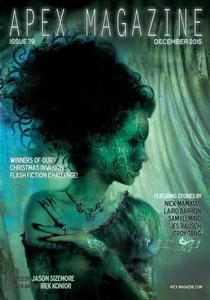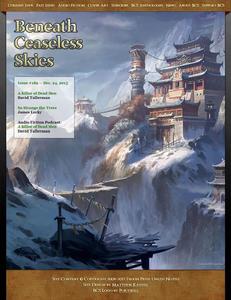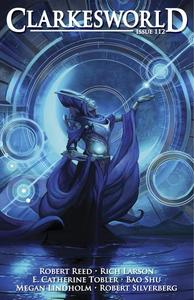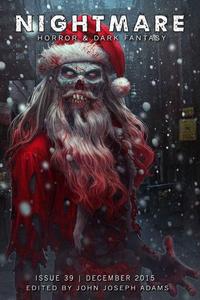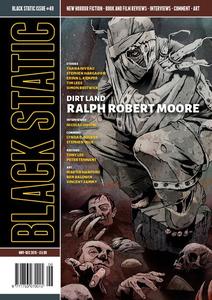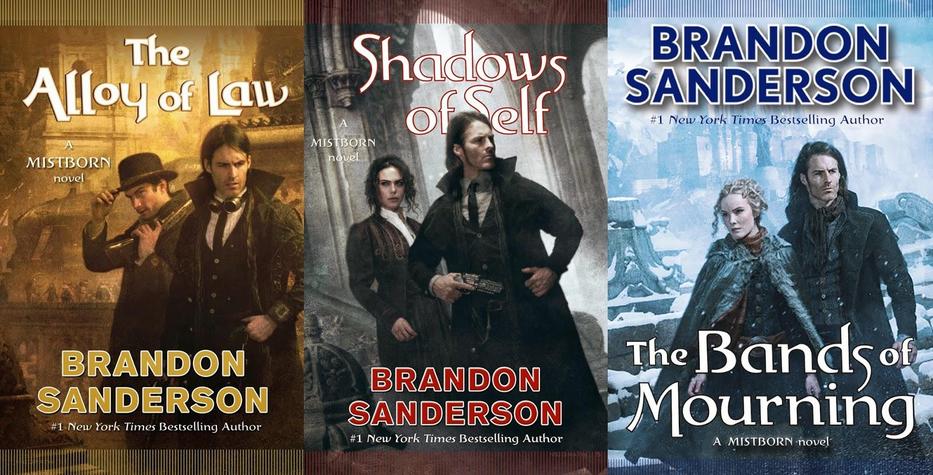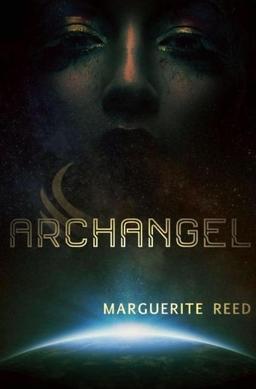Feast Or Famine?
 Typically my characters don’t spend a lot of their time eating. It’s not because I’m not interested in food, quite the contrary (see my previous BG posts on the subject, here, here, and here.) No, it’s usually because, if I can paraphrase my agent for a moment, I’ve found my characters something more interesting to do. Having your characters sit down and eat is a useful device, however, in that it does give them something to do – even if it doesn’t forward the plot – while they’re talking, which usually does forward the plot. As a general rule, characters need to be doing something while they talk to each other, and if they eat, you can also use the details of the food to help with world-building and setting.
Typically my characters don’t spend a lot of their time eating. It’s not because I’m not interested in food, quite the contrary (see my previous BG posts on the subject, here, here, and here.) No, it’s usually because, if I can paraphrase my agent for a moment, I’ve found my characters something more interesting to do. Having your characters sit down and eat is a useful device, however, in that it does give them something to do – even if it doesn’t forward the plot – while they’re talking, which usually does forward the plot. As a general rule, characters need to be doing something while they talk to each other, and if they eat, you can also use the details of the food to help with world-building and setting.
 Still, even when my characters are eating, they’re not usually attending a banquet. Indeed, banquets and eating scenes in general are usually something we encounter visually, rather than on the page. Who can forget the scene in the Errol Flynn version of The Adventures of Robin Hood, where he walks into Prince John’s supper banquet with a stag on his shoulders?
Still, even when my characters are eating, they’re not usually attending a banquet. Indeed, banquets and eating scenes in general are usually something we encounter visually, rather than on the page. Who can forget the scene in the Errol Flynn version of The Adventures of Robin Hood, where he walks into Prince John’s supper banquet with a stag on his shoulders?




